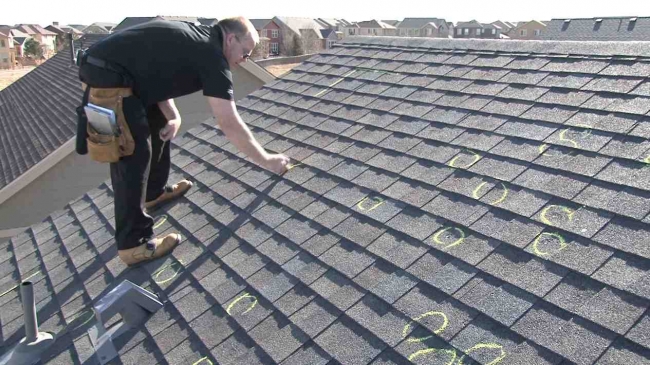Emergency Roof Damage Repair: What to Do When Disaster Strikes
A damaged roof can lead to significant problems if not addressed promptly. Whether it’s from a storm, fallen tree, or wear and tear, roof damage can compromise the safety and comfort of your home. Emergency Roof damage repair is crucial, but knowing what steps to take can make all the difference in minimizing further damage and ensuring your home remains safe. In this blog post, we will guide you through what to do when disaster strikes and how to effectively manage roof damage repairs in an emergency situation.
Assessing the Situation
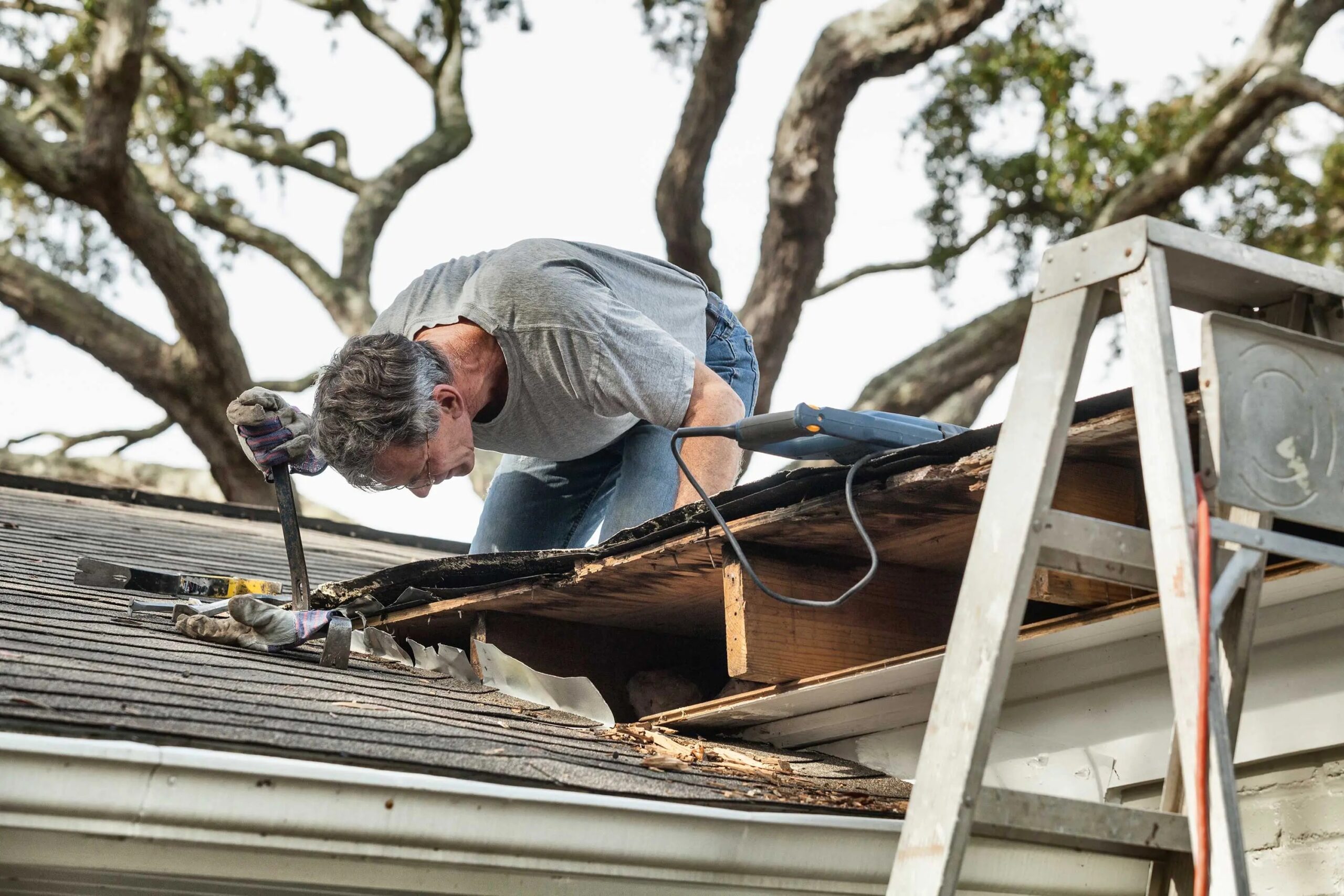 When you first notice damage to your roof, the instinct may be to act quickly, and for good reason. However, before jumping into repairs, it’s essential to assess the extent of the damage. If the damage is significant, or if you’re uncertain about its severity, it’s best to remain calm and avoid further risks.
When you first notice damage to your roof, the instinct may be to act quickly, and for good reason. However, before jumping into repairs, it’s essential to assess the extent of the damage. If the damage is significant, or if you’re uncertain about its severity, it’s best to remain calm and avoid further risks.
Start by checking the interior of your home for signs of leaks or water damage. This could include water stains on ceilings or walls, mold growth, or sagging spots in the ceiling. If you notice any of these issues, it’s clear that water is getting into your home, and repairs are urgent.
However, don’t rush up to the roof just yet, especially if the weather is still severe. Instead, assess the area from a safe distance, looking for fallen branches, shingles, or visible holes. If the damage is extensive or you suspect the structure may be compromised, it’s advisable to call a professional roofer immediately.
Protecting Your Home from Further Damage
Once you’ve assessed the situation, the next step is to prevent further damage. If it’s safe to do so, temporarily cover the affected area with a tarp or plastic sheeting. This can help prevent water from seeping into your home and causing additional damage, particularly if it’s raining or snowing.
To apply a tarp, make sure it’s large enough to cover the damaged area, and secure it tightly with rope, nails, or staples. If the roof damage is significant, you may want to focus on protecting key areas, such as windows and doors, where water might enter. Using a plastic sheeting material designed for roofing repair can help provide a temporary waterproof barrier.
In addition to covering the damage, consider moving any valuables or furniture from underneath the damaged area to avoid water damage.
Calling a Professional Roofer
While DIY repairs might seem tempting, roof damage should be left to professionals. Climbing onto a damaged roof can be dangerous, and attempting repairs without the proper tools or experience may lead to more damage or even injury.
When calling a roofing professional, be sure to provide as much detail as possible about the extent of the damage. If you can, take photos of the affected area and send them to the roofer so they can better assess the situation. Many roofing companies offer emergency repair services and will prioritize urgent cases, especially if the damage is severe or poses a risk to your safety.
A professional roofer will not only have the necessary experience to handle emergency repairs, but they will also have the right equipment to safely fix your roof. Depending on the damage, the roofer may recommend temporary repairs until permanent solutions can be made.
Temporary Roof Repairs
In some cases, emergency repairs may involve patching up small areas of damage or replacing missing shingles to prevent further water intrusion. Temporary repairs could include covering the damaged area with roofing cement, applying a patch of shingles, or using other quick-fix solutions to stop water from leaking into your home.
These temporary repairs will hold off further damage but are not a substitute for a permanent fix. The roofer will need to assess the damage more thoroughly and schedule a follow-up visit to complete any necessary permanent repairs, such as replacing large sections of the roof or addressing structural damage.
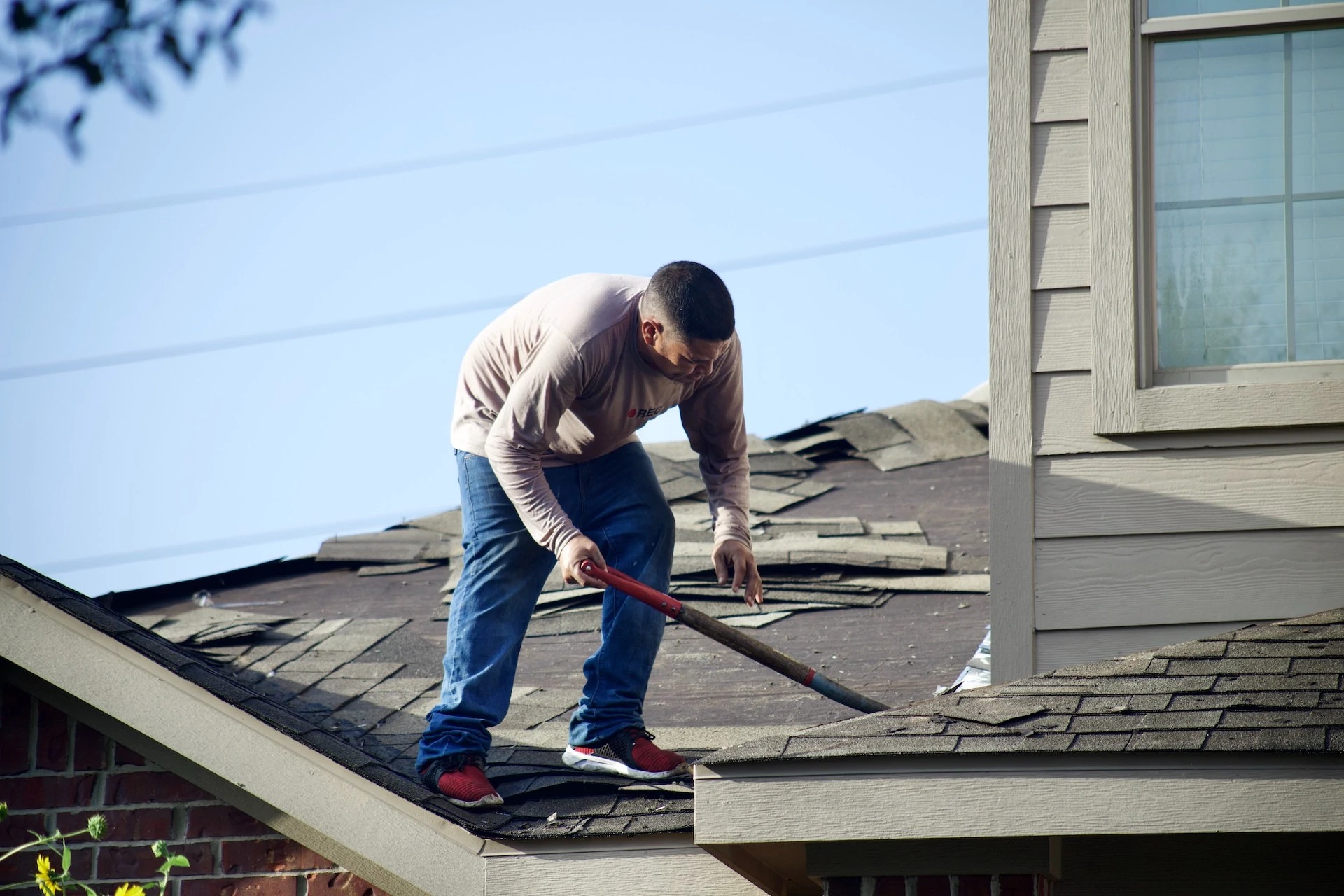
Preventing Future Roof Damage
Once your immediate emergency repairs are handled, it’s time to think about long-term roof maintenance. Regular roof inspections and timely repairs can help you avoid emergency situations in the future. It’s recommended to have your roof professionally inspected at least once a year, and after severe weather events, to identify any potential issues before they escalate into a full-blown emergency.
Regular roof maintenance includes clearing debris from gutters, checking for missing or damaged shingles, inspecting the flashing around chimneys and vents, and ensuring that the roof’s overall structure remains intact. By addressing minor issues as they arise, you can prevent costly and stressful emergency repairs down the line.
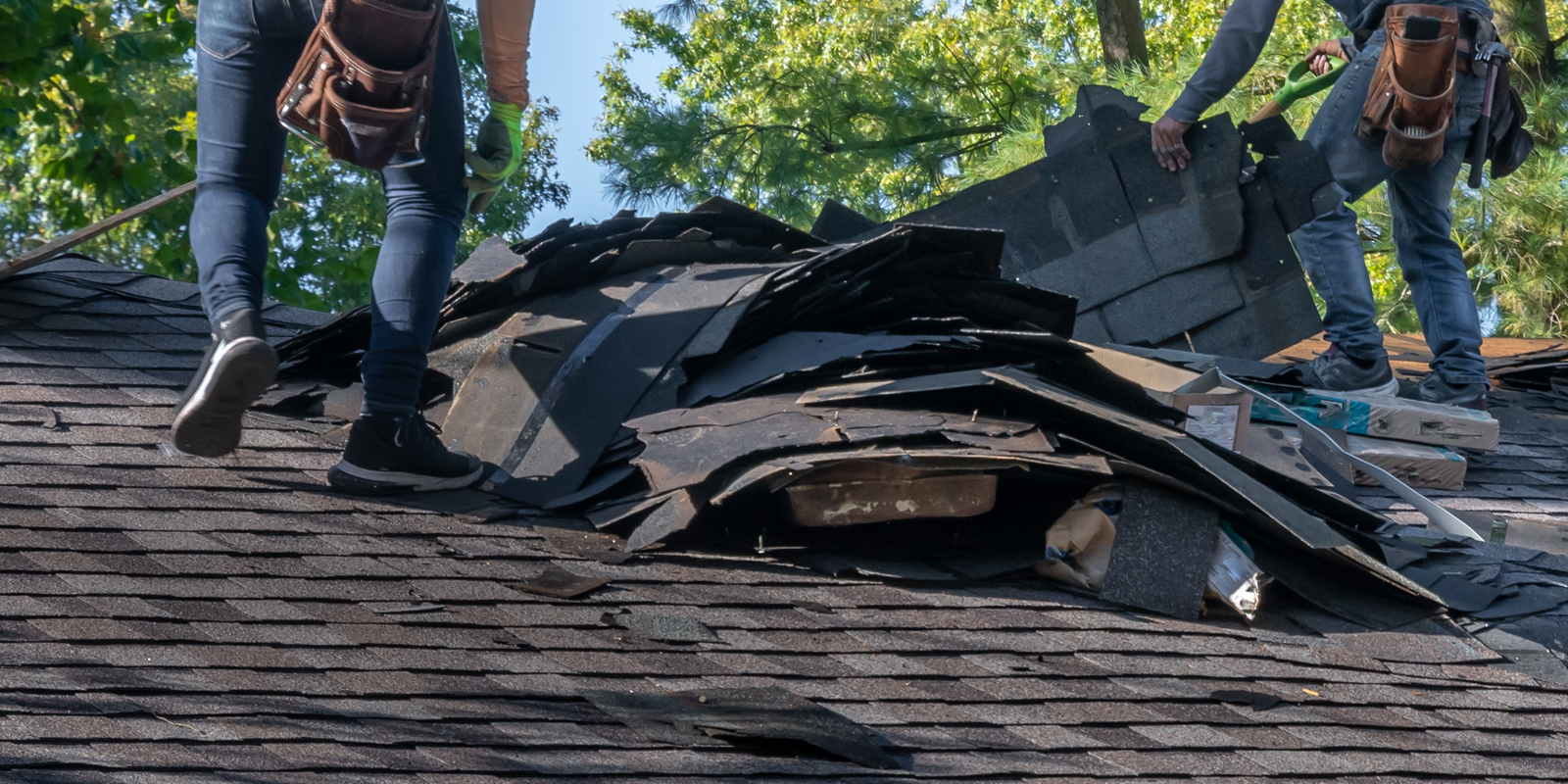
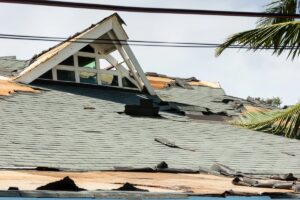 When deciding between roof repair and replacement, it’s essential to consider your homeowner’s insurance policy. In many cases, insurance can cover storm-related damage to your roof, depending on your policy and the nature of the damage.
When deciding between roof repair and replacement, it’s essential to consider your homeowner’s insurance policy. In many cases, insurance can cover storm-related damage to your roof, depending on your policy and the nature of the damage.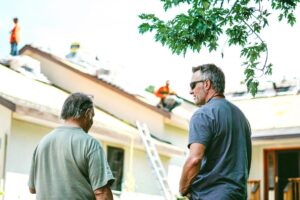 Hail can cause varying degrees of damage to a roof depending on factors like the size of the hailstones, wind speed, and roof materials. Asphalt shingles may develop cracks or lose their protective granules, while metal roofing may suffer dents. These damages compromise the roof’s ability to shield your home from the elements, potentially leading to leaks, water damage, and structural instability.
Hail can cause varying degrees of damage to a roof depending on factors like the size of the hailstones, wind speed, and roof materials. Asphalt shingles may develop cracks or lose their protective granules, while metal roofing may suffer dents. These damages compromise the roof’s ability to shield your home from the elements, potentially leading to leaks, water damage, and structural instability.